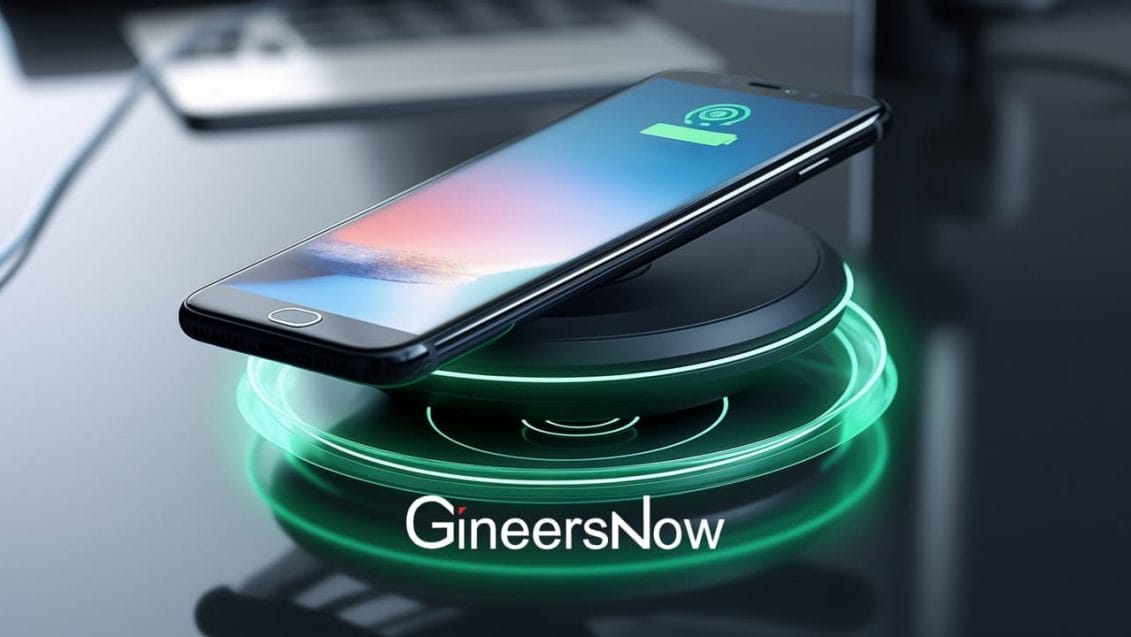Imagine you’re holding two powerful magnets in your hands. Without even touching, they pull toward each other with an unseen yet palpable force. This invisible push and pull is the essence of magnetic coupling.
It’s a concept that defies the traditional need for physical contact, allowing energy and motion to be transferred through the air. In this article, you’re going to delve into the world of magnetic coupling.
You’ll uncover its core principles, see how it’s woven into the fabric of your everyday life, and explore its groundbreaking applications. This journey will enlighten you about the silent, invisible forces around you and reveal how they’re harnessed in innovative ways.
Get ready to be captivated by the simplicity and power of magnetic coupling, an integral part of the unseen world that drives the visible one.
Understanding Magnetic Coupling
Magnetic coupling involves the interaction of magnetic fields from two separate sources. Think of two magnets placed near each other. They don’t need physical contact to exert a force; their invisible magnetic fields do the job, interacting and creating a magnetic link.
This phenomenon is not just about attraction and repulsion. Magnetic coupling is more nuanced. The strength and nature of this coupling depend on several factors. The distance between the magnetic sources is crucial. The closer they are, the stronger the coupling effect.
What’s particularly fascinating is how magnetic coupling operates silently and invisibly, yet it’s powerful enough to drive machinery or transfer energy. This principle is not just a theoretical concept. It’s a functional aspect of numerous devices you encounter in your daily life.
Understanding this principle is key to appreciating how magnetic forces can be harnessed to perform work, all without the magnets ever needing to touch.

Exploring Applications In Everyday Life
Magnetic coupling isn’t just a scientific concept. Its applications are diverse, shaping various facets of your routine. Here are some common instances where magnetic coupling plays a pivotal role:
- Wireless Charging Devices
You place your smartphone on a wireless charging pad, and it recharges without any cords. It’s all thanks to magnetic coupling. A magnetic field transfers energy from the pad to your phone, providing a seamless charging experience.
- Magnetic Resonance Imaging (MRI)
MRI machines use magnetic coupling to produce detailed images of your body’s internal structures. The machine’s strong magnetic fields enable doctors to diagnose and monitor various medical conditions accurately.
- Noise-Canceling Headphones
These devices help you enjoy music without outside interference. They employ magnetic coupling to generate sound waves that cancel out ambient noise, ensuring a pure and immersive audio experience.
- Electric Toothbrushes
The charging base and brush of your electric toothbrush don’t need a physical connection to charge. Magnetic coupling allows the transfer of energy across a small gap, ensuring your toothbrush is always ready to use.
- Magnetic Door Locks
Used in security systems, these locks engage and release doors through electromagnetic force. A current passes through a coil that creates a magnetic field that securely holds the door, ensuring safety and convenience in your home or office.
Each of these examples shows how magnetic coupling is not just a scientific principle but a practical tool that makes many modern conveniences possible. Its presence in everyday technology is a testament to its versatility and importance.
Driving Motion In Magnetic Levitation
Magnetic levitation (or maglev) enables trains and other vehicles to float above their tracks, eliminating the friction usually present between wheels and rails. Picture a train, not rolling but gliding over its path, its every move dictated by the precision of magnetic forces.
On the track, magnets are strategically placed to create a push or pull effect. Meanwhile, the vehicle itself houses magnets with carefully controlled polarity. When these magnetic fields interact, they produce a lifting force strong enough to counteract gravity.
But levitation is just the start. Propulsion comes into play when the magnetic fields shift in a controlled manner, pulling the vehicle forward. This push-and-pull dynamic is not just about movement. It’s about achieving speed with remarkable efficiency.
The result? You experience travel that’s not just faster but also smoother and more environmentally friendly, showcasing the profound impact of magnetic coupling in motion.
Navigating Challenges And Advancements
While the applications are promising, they’re not without challenges. Issues like alignment, field interference, and energy loss need addressing to optimize the efficiency of magnetic coupling systems.
However, ongoing research and technological advancements are paving the way for more robust and efficient applications, promising a future where magnetic coupling plays a pivotal role in various industries.
Parting Thoughts
Magnetic coupling stands as a testament to humanity’s ingenuity, turning an invisible force into a powerful tool for innovation. From charging devices without wires to enabling trains to glide without touching the ground, magnetic coupling continues to reshape our technological landscape.
As you’ve journeyed through the principles and applications of magnetic coupling, it’s clear that this invisible force holds the potential to propel us into a future filled with possibilities.










